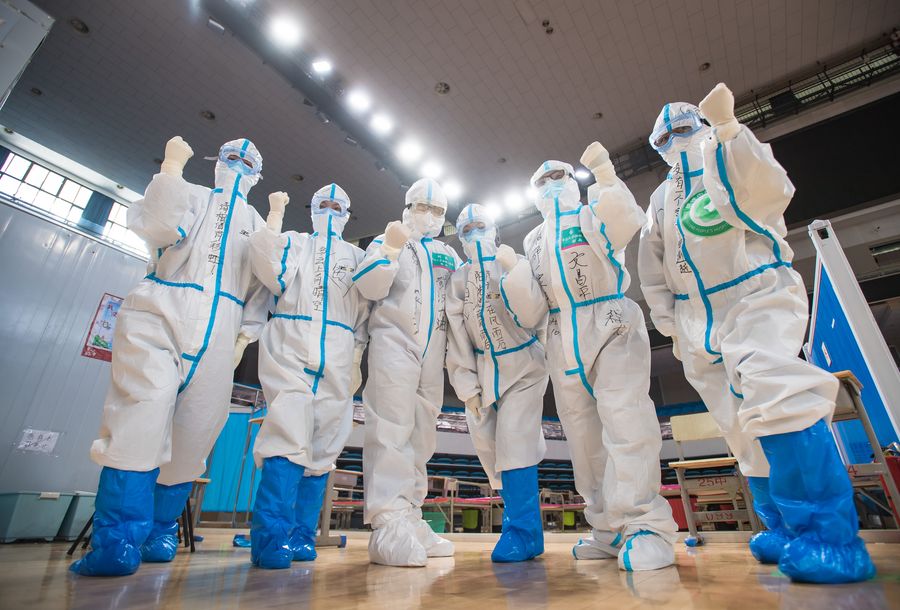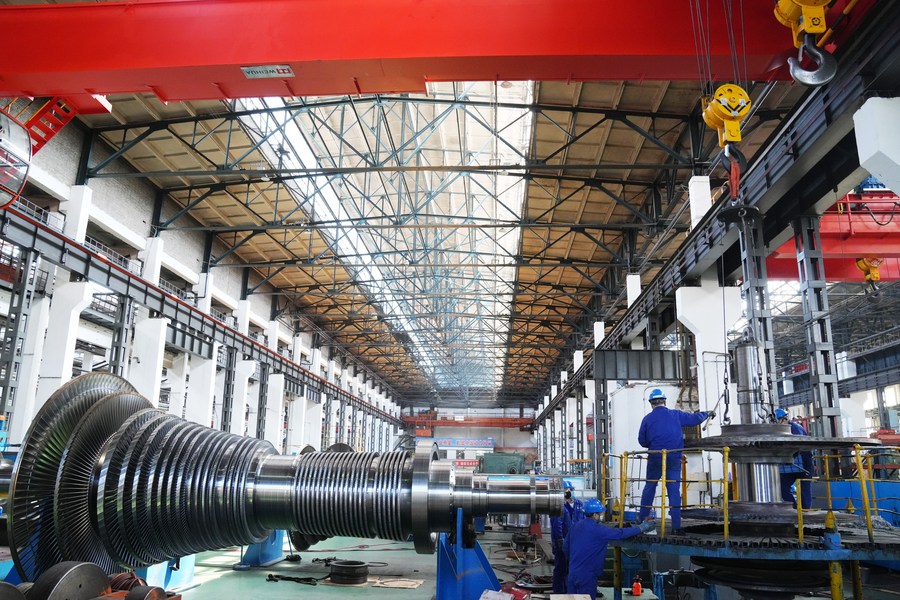Attuned for a Robust Rebound

The projected strong comeback of Chinese economy will not only be a boon to China itself, but a shot in the arm for global recovery.
As the year draws to its end, a new wave of COVID-19 seized some parts of the country, in particular the capital city Beijing. Though unexpected to some extent, people have taken it more rationally and confidently as most cases belong to the category of mild symptoms. Home quarantine and medication have become most people’s choice of dealing with it.
Three years on, China’s COVID-19 response has entered a new stage. In early December, to better align anti-COVID efforts with economic and social development, the country announced a new set of measures, recommending home quarantine for mild and asymptomatic cases, reducing nucleic acid tests and scrapping the digital travel code. The latest adjustment is an active optimization of epidemic prevention and control, said Liang Wannian, head of the COVID-19 response expert panel under the National Health Commission. They are in line with the government’s dynamic strategy of optimizing responses as the dominant variant of the coronavirus has mutated from Alpha to Delta and now to Omicron.
The country’s unrelenting efforts over the past three years in containing the virus have effectively protected its people’s health and life, and earned the country precious time to vaccinate more than 90 percent of its population, improve its medical treatment capacity, develop more effective medicines and vaccines, and finally see the weakening of the virus.

China has maintained the lowest fatality rate among all major countries. According to data from Johns Hopkins University, the fatality rate is 11 per million people in China and 3,267 per million in the United States. Latest data show that China’s COVID-19 full inoculation rate surpasses 90 percent among the whole population. As Chinese vaccines have proven to be very effective in reducing the mortality rate of infected patients, China’s leading epidemiologist Zhong Nanshan recently urged to reinforce the vaccination drive, particularly among the elderly and other vulnerable groups. According to a Xinhua report, as of December 13, 91 percent of people aged 60 and above had been vaccinated in China, and 86.6 percent were fully vaccinated. In addition, heartening news has also been reported about centenary COVID-19 patients, though some were still impacted with underlying chronic disease, who were discharged from hospital after treatment and recovery across the country including Shanghai, Guangdong, Xinjiang, Xizang, and Chongqing, which has made the virus less scary.
Research has indicated that the Omicron variant has a very high transmissibility but the infected cases have shown a continuously declined mortality rate, according to Zhong. “The infections of Omicron mutants, including BA.5 and BF.7, were nothing scary, and most infected people could completely recover in seven to 10 days,” he said.
Before the end of the eventful year, the annual Central Economic Work Conference was held in Beijing on December 15-16 as Chinese leaders decided priorities for the economic work in 2023. According to the meeting, maintaining economic stability will continue to be a top priority for the country while pursuing steady progress. People’s livelihood became the main concern of the attendees. The employment of young people, people facing hardship, and housing issues have all come to the fore. The country will increase urban and rural personal income through multiple channels and encourage more private capital to participate in the construction of key national projects in a bid to further boost domestic demand, according to the meeting.
In particular, the housing sector attracted much attention at the meeting. To meet people’s basic housing needs and the need for improved housing conditions, a long-term rental housing market will be explored. Meanwhile, the country will seek to achieve a smooth transition of the real estate industry to a new development mode, according to the meeting.

Against the raging global inflation trend, China has maintained stable prices of consumer goods on the whole, with the consumer price index (CPI) – a main gauge of inflation – up 1.6 percent year on year in November, down from the 2.1-percent uptick in October. China’s online retail sales went up 4.2 percent year on year in the first 11 months, official data showed. Meanwhile, China’s foreign trade of goods grew 8.6 percent year on year to RMB 38.34 trillion during the first 11 months of the year, as exports rose 11.9 percent year on year to RMB 21.84 trillion, while imports increased 4.6 percent from a year ago to RMB 16.5 trillion, according to the General Administration of Customs.
Owing to the great resilience and growth potential of Chinese economy, foreign companies have shown their undented passion for doing business in China. Official data show that foreign direct investment in the Chinese mainland in actual use expanded 17.4 percent year on year to US $168.34 billion in the first 10 months, despite the gloomy global investment sentiment.
At the same time, Chinese firms also displayed their optimism about China’s economic prospects. A report by global financial institution HSBC indicated that some 77 percent of the surveyed Chinese medium-sized firms expected business revenue growth in 2023.
The projected strong comeback of Chinese economy will not only be a boon to China itself, but a shot in the arm for global recovery.
 Facebook
Facebook
 Twitter
Twitter
 Linkedin
Linkedin
 Google +
Google +










